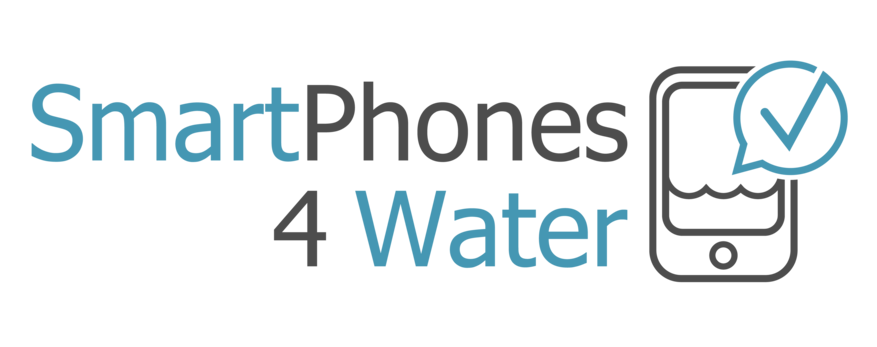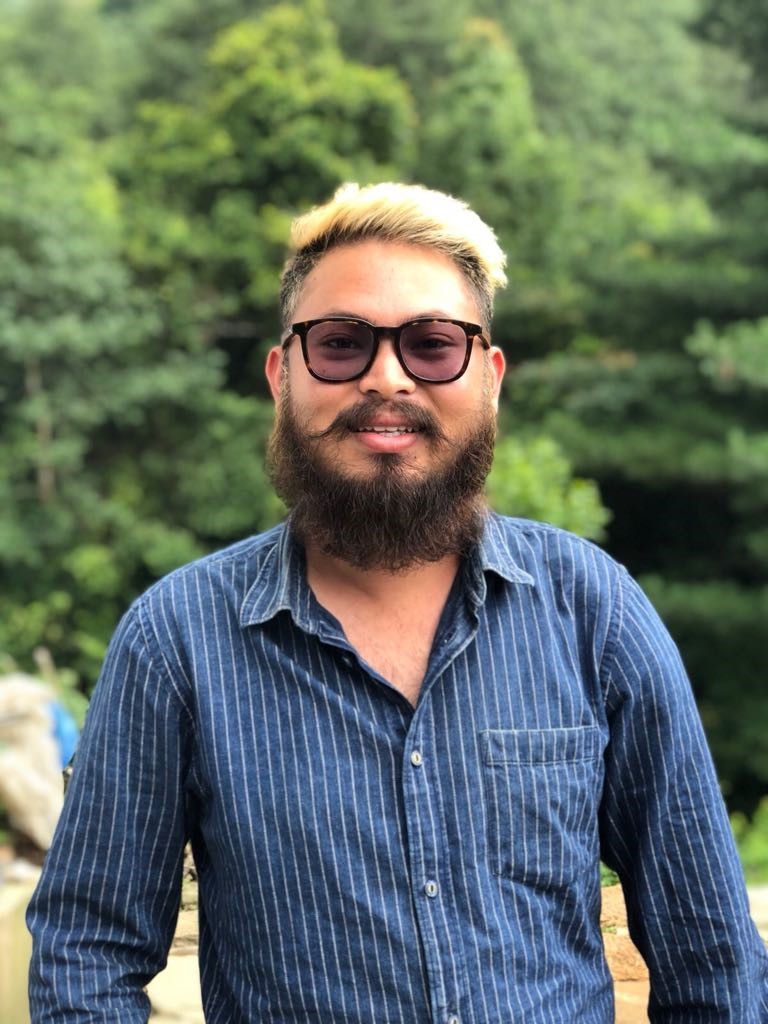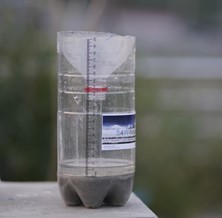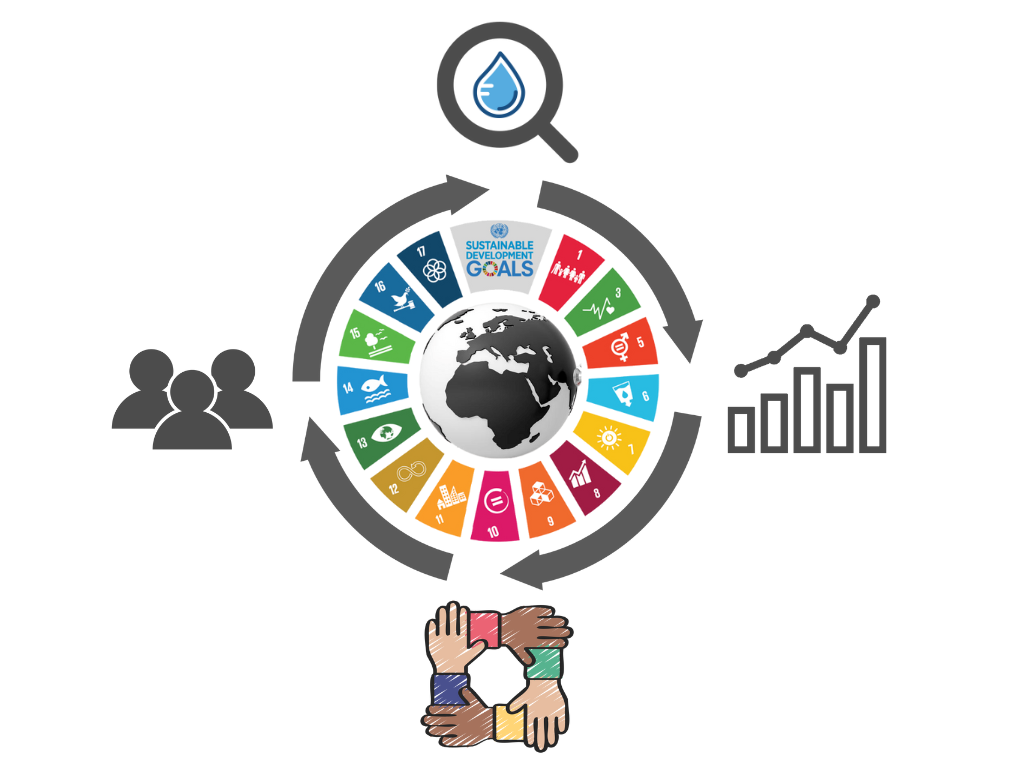Posted on September 24, 2018
Q: What is your name? A: My name is Sanjog Lama.
Q: How old are you? A: I’m 21 years old.
Q: Where were you born? A: I was born in Thankot, Panighat.
Interviewer’s Note: Thankot is a large village to the west of the Kathmandu District in the Bagmati Zone in central Nepal. It lies at the base of Chandragiri Hill, which is a popular tourist destination. A cable car can be taken from Thankot to the top of Chandragiri Hill for excellent views of the surrounding mountains. Thankot is also one of the main entrances into the Kathmandu Valley and the capital from rest of the country, so there are a lot of people traveling to and from Kathmandu that will pass through Thankot.
Q: Where do you live in the Kathmandu Valley? A: I still live in Thankot, Panighat, where I was born.
Q: Can you walk us through a typical day of life? What are the activities you’re doing? A: I have a clothing shop, and I typically spend my days managing the shop and selling clothes.
Q: Can you tell us a little bit about your family (Spouse, Children, Brothers, Sisters, Cousins, etc.)? A: There are 4 members in my family (my father and mother and me and my sister), but currently only three of us live together since my sister got married and lives with her husband. I am the younger child in the family, and my sister is the older.
Q: What is (or was) your favorite subject in school? A: English.
Q: Can you tell us about a favorite memory of yours? A: I do not have that many favorite moments yet, but I really enjoy spending time with friends.
Q: How did you hear about the S4W-Nepal project? A: S4W-Nepal was doing a survey in my area and one of the members of S4W-Nepal team explained to me the concept of citizen scientists collecting precipitation data with smartphones. It caught my interest, and I was intrigued by how I could help in collecting water-related data with just a few clicks and swipes.
Q: What has been your experience as a citizen scientist with S4W so far? A: I am very happy that I am helping S4W-Nepal with precipitation data. Through S4W-Nepal I now know how a regular coke bottle, a little concrete and a ruler can make a difference in data collection.
Interviewer’s Note: You can learn more about how we are able to use smartphones and readily available local materials to collect precipitation data in one of our older stories here. Also, a sneak preview of upcoming events, but we’re working on publishing some of this citizen science-driven precipitation data collection in an upcoming journal. Hopefully we’ll be able to share about that soon!
Sanjog is playing a critical role in S4W-Nepal as a citizen scientist. Each day, Sanjog uses an Android application called Open Data Kit (ODK) to record rainfall collected by an inexpensive locally made rain gauge (each costs about $1.50). Sanjog is motivated to participate in the project because he feels a sense of responsibility to know about the water resources of the valley, and because each observation he makes earns her an extra 25 rupees (roughly $0.25).
S4W-Nepal is a collaboration between S4W, Himalayan Bio-Diversity and Climate Change Center (HimBioCliCC), Kathmandu Institute of Applied Sciences (KIAS), Delft University of Technology, the Swedish International Development Agency, and Stockholm University. Water is our most precious resource. Lord Kelvin, a famous Scottish mathematician, once said, “you can’t manage a resource you don’t measure.” S4W-Nepal’s goal is to generate the data necessary to support wise water management decisions. S4W aims to accomplish this with a three pronged approach of Research, Education, and Employment. This project in the Kathmandu Valley is our first project.



